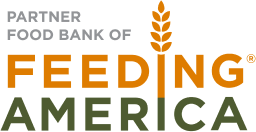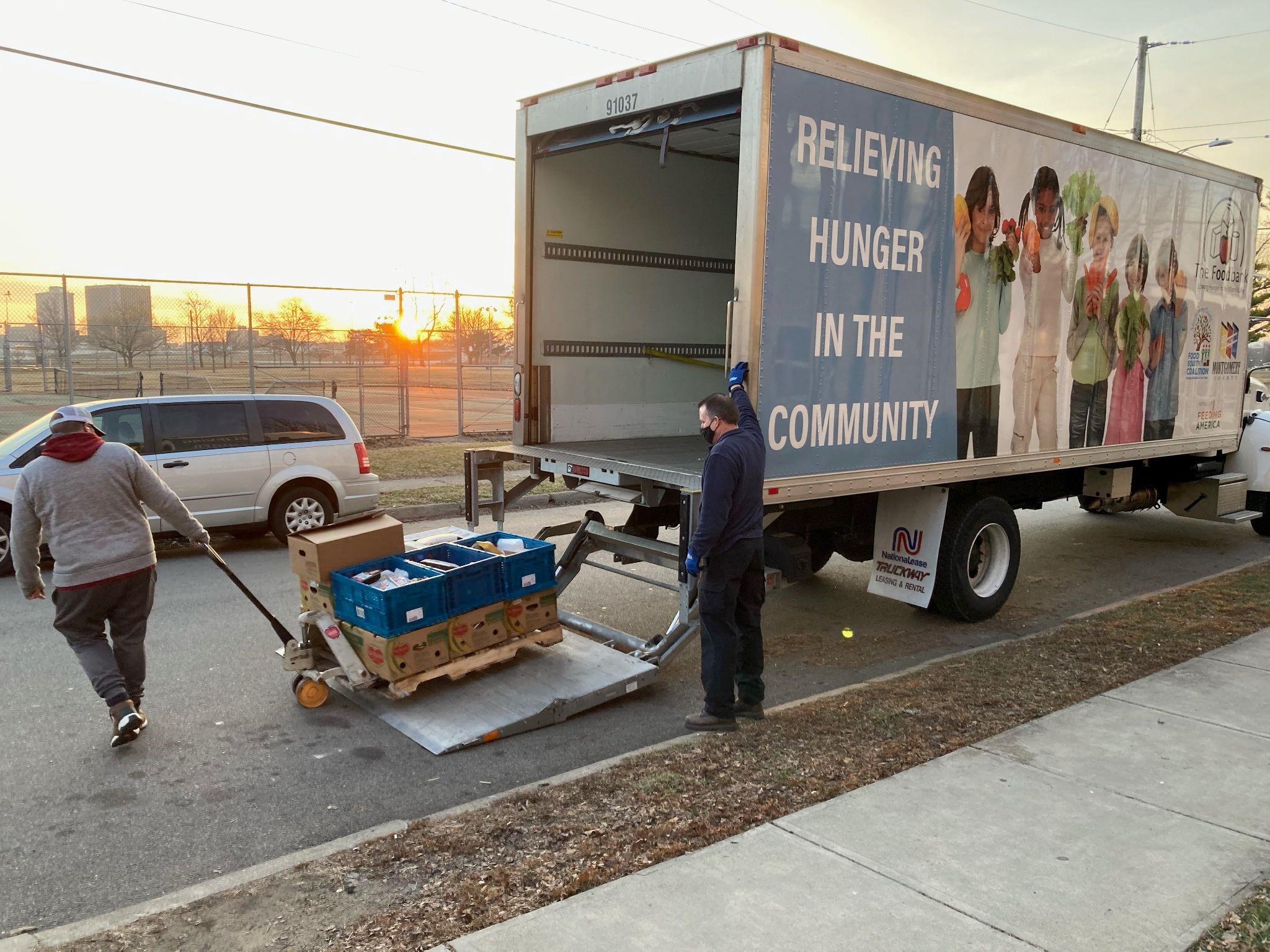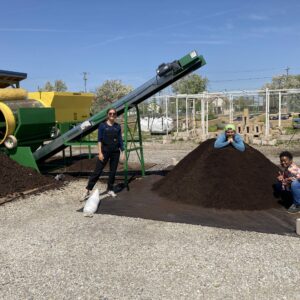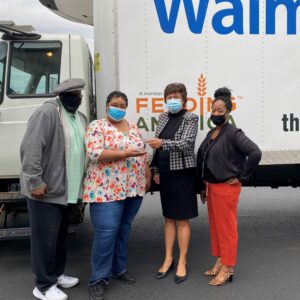Evaluating our reach with data
The Foodbank recently underwent a Service Gap Map in partnership with the University of Dayton
By Emily Gallion, Grant & Metrics Manager/Advocacy Manager, and Caitlyn McIntosh, SNAP/Outreach Lead
There is a question we hear a lot: “With three counties, how do you make sure you are serving everyone who needs help?”
It’s a valid question — while our headquarters in the city of Dayton is our highest-need and most-populated area, our three-county service area spans a diverse territory with varying needs. We serve communities that are urban and rural, high-poverty and seemingly affluent, and communities of various racial and ethnic backgrounds. So how do we make sure we are investing where we need to?
The answer: the only way we can make sure we are equitably allocating our resources is to do it with data.
The Foodbank recently underwent a Service Gap Map in partnership with The University of Dayton. We periodically take this measure to evaluate the changing landscape of food insecurity in our community. It is also an important tool to assess how effective our own distribution of services is.
“We want to make a difference in the world, and there’s no better place to start than in our hometown of Dayton,” said Dr. Cori Mowrey, Department of Engineering Management, Systems, and Technology from the University of Dayton.
Dr. Mowrey went on to say, “Our team is very excited to partner with The Foodbank to develop data-driven, evidence based solutions to serve the needs of our Miami Valley community. We are committed to continuing this work to ensure equitable access to The Foodbank and their partner agencies’ resources.”
As a result of this analysis, we obtained the following map of Montgomery County, created using GPSVisualizer.com, OpenStreetMap.org, and US Census data:
Across all three counties, the University of Dayton team found that we have a 97%* coverage rate by headcount of food insecure individuals. This is good news: We were concerned that recent events, such as the 2019 Memorial Day Tornado Outbreak, would have a significant impact on the landscape of need in our area.
We have made the above map available to the public via press release. We believe this information is valuable to many stakeholders in the community, and we embrace the transparency that this data provides from an evaluation standpoint.
However, we are concerned for the locations that were identified as underserved. In Montgomery County, these areas were Vandalia, Englewood, and Phillipsburg. In response, The Foodbank has added two new monthly Mobile Farmer’s Market sites this week to ensure that the food needs of these communities are being met.
These new mobiles will take place at Living Word Church (Vandalia) and Englewood Christian Assembly (Englewood). Due to the close proximity of Philipsburg to Englewood as well as its relatively low population, we anticipate that clients in that area will be able to access the Englewood mobile.
To view the dates and times of these and other mobiles, visit http://thefoodbankdayton.org/needfood/.
We have made the choice to release this map in stages while we evaluate how to serve communities identified as needing additional food resources. While our Mobile Farmers Markets are an excellent way to distribute food in high-need areas, the heart of our operation is the acquisition and distribution of food to our partner agencies.
As a more permanent solution, we prefer to work with organizations that are already active in those communities to stand up brick-and-mortar pantries. Our agency relations team works closely with a variety of community organizations to help them to provide services in these areas.
For a list of these partner agencies, visit http://thefoodbankdayton.org/agencies/. If you are interested in becoming a member of The Foodbank, please contact Jamie Robinson at jrobinson@thefoodbankdayton.org or by calling (937) 461-0265 x 14
*Preliminary results showed an expected coverage rate of 95%. The actual rate given by the University of Dayton team showed 97.3% coverage by headcount.






No comment yet, add your voice below!